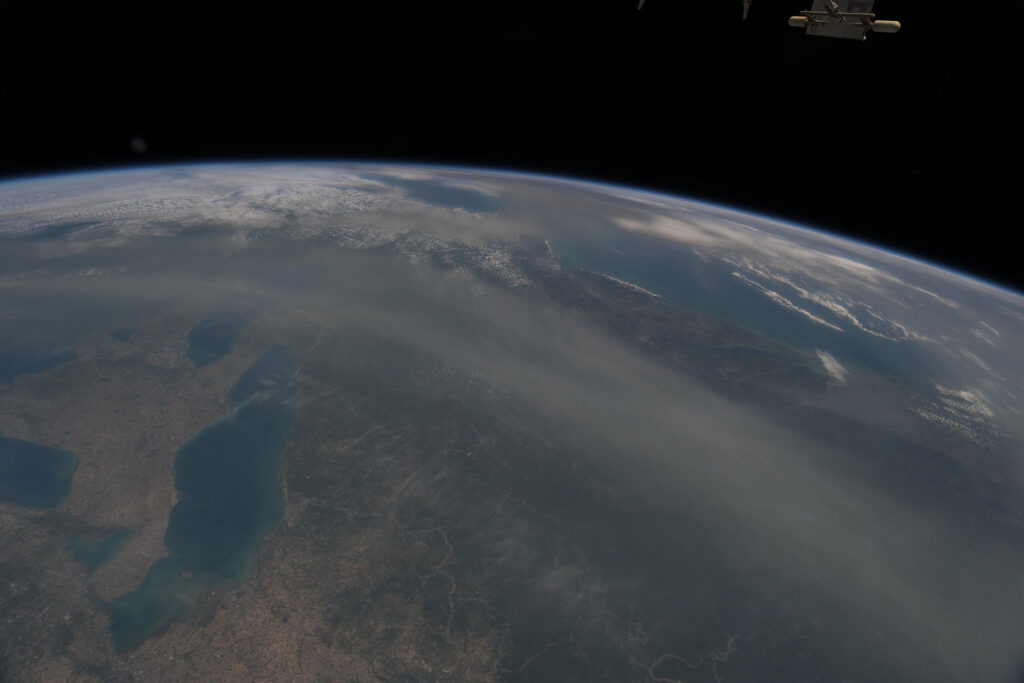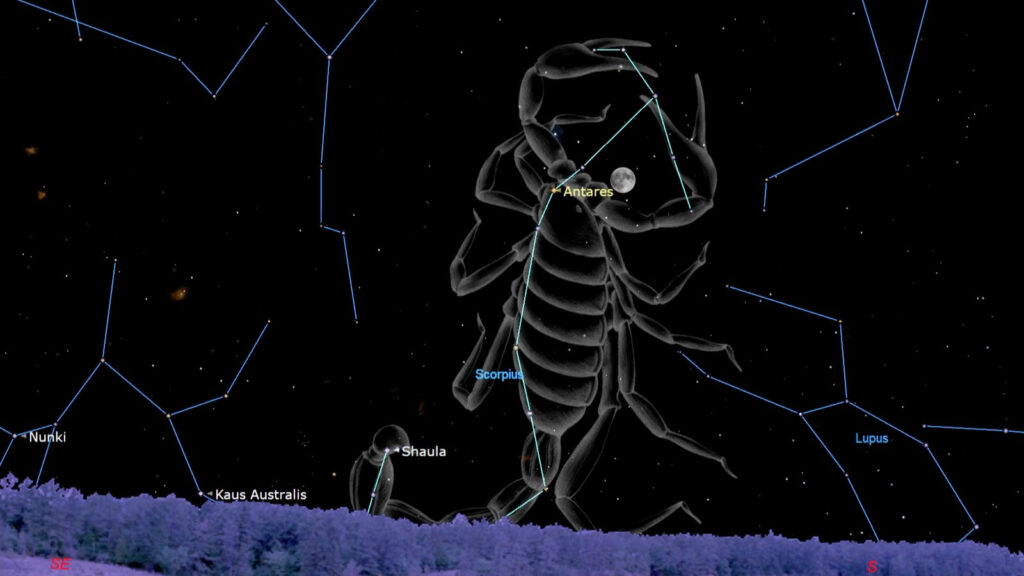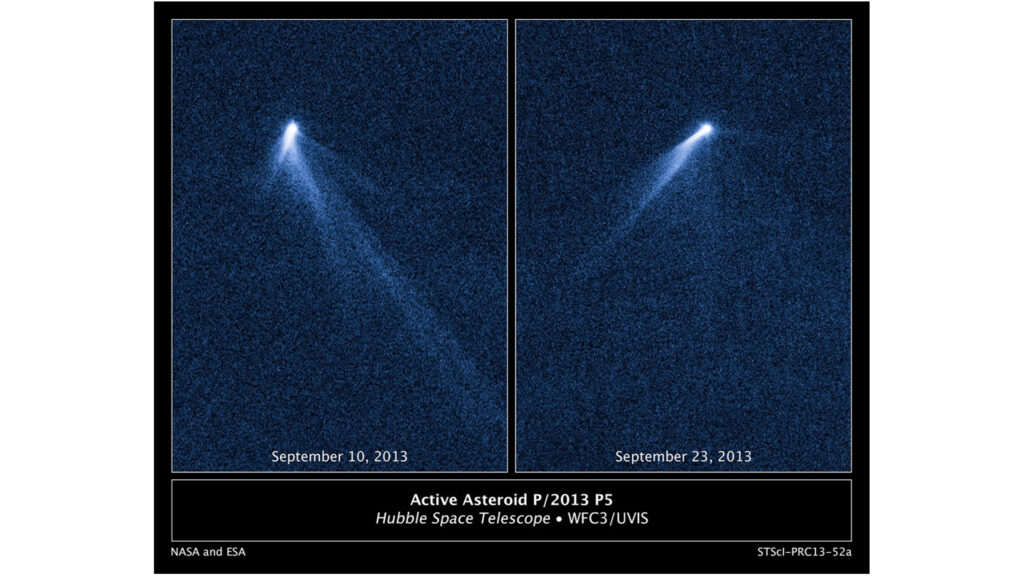From blazing a trail through the night sky to wiping out the dinosaurs, we’ve all heard of the chunks of rock or ice traversing our solar system. But what’s the difference between comets and asteroids?
In our solar system‘s asteroid belt there are millions of asteroids and at least 1.1 million large asteroids with a diameter of 1 kilometer (0.6 miles) or greater. However, asteroids are just one of many objects orbiting the sun.
The rocky objects that are too small to be planets and are categorized either as comets, asteroids or meteoroids. Those meteoroids that end up on Earth are renamed meteors or meteorites.
What are asteroids?
Asteroids are lumps of rock left over from the formation of the solar system 4.6 billion years ago, according to NASA’s Asteroids page.
They orbit the sun with many of them residing in a part of the solar system called the asteroid belt, which is a torus-shaped field of floating interstellar rocks between Mars and Jupiter.
The word asteroid means ‘starlike’, because astronomers in the 1800s first thought they looked a bit like stars, according to ESA. They range in size from as big as 329 miles (529 kilometers) in diameter — the asteroid called Vesta — to some that are less than 32 feet (10 meters) across.
The total mass of all the asteroids in the solar system combined would actually be less than that of our moon.
One asteroid thought to be 7.5 miles (12km) wide that hit Earth 66 million years ago wiped out 80% of all animal species, including dinosaurs, according to Live Science.

What are comets?
Unlike asteroids which are made up solely of rock, comets are made of a mix of ice, rock and gas. They’re also leftovers from the formation of the solar system and orbit the sun.
But because of the way they’re made, as they get closer their ice and dust begin to melt which gives it a beautiful tail. These tails can stretch for millions of miles and are sometimes visible from Earth.
Astronomers have so far counted 3,743 comets, according to NASA’s comets page, but there are likely to be billions of comets up there, most of them in something called the Kuiper Belt, which is a region of space just past the planet Neptune. They can also be found in the Oort Cloud, which is like a giant sphere that surrounds the very outer reaches of the solar system.

What are meteors?
With all the chaos in the solar system caused by the gravitational pull of the sun and massive planets such as Jupiter and Saturn, things have a tendency to collide.
Sometimes one asteroid can hit another, with a smaller piece breaking off and becoming something called a meteoroid. When such a meteoroid hits the Earth’s atmosphere it begins to burn up, creating a fire trail through the sky which is visible to the naked eye.
But sometimes they don’t completely evaporate in the atmosphere and hit the Earth, when this happens they’re called meteorites.
NASA’s Johnson Space Center has a collection of meteorites that acts as a sort of ‘meteorite library’ for scientists around the world. Studying them can provide clues to how our solar system was formed.
Types of asteroid
There are three types of asteroids called C, S, and M types, all with different compositions, according to Arizona State University. The C-type (chondrite) asteroids are the most common and probably consist of clay and silicate rocks.
These types of asteroids are very dark in appearance and are among the most ancient objects in the entire solar system, having been out there for billions of years.
Then there are the S-types (stony) asteroids which are made up of silicate materials and nickel-iron. These are the second most common and found on the inner edge of the asteroid belt. They make up about 17% of the total asteroids in the solar system.
The M-types are metallic (nickel-iron). They are the third most common and the biggest is called 16 Psyche and is about 120 miles wide. The compositional differences of different types of asteroids are determined by how far from the sun they were formed.

What are comets made of?
Comets are far more compositionally complex than asteroids, with bits of rock, gas and ice contributing to the way they’re made up. It’s this composition which gives them their distinctive look as they travel through space and evaporation causes their tail.
One such comet is 67P/Churyumov–Gerasimenko, but a mission to explore it threw up an intriguing mystery. Discovered in 1969 at the Alma-Ata Observatory in Russia, it made history as the first comet to be orbited and landed on by robots from Earth. The Rosetta spacecraft, carrying the Philae lander, rendezvoused with the comet back in August 2014.
It analyzed more than 35,000 escaping dust grains and found 45% of them to be carbon-based molecules like proteins, carbohydrates — organic matter which could help in the search for alien life. The remaining 55% of the dust is formed of inorganic minerals, mostly silicates.
Additional resources
To learn more about the differences between comets, meteors and asteroids, you can watch this video on NASA’s website. Additionally, to read about the discovery of asteroids, visit the European Space Agency (ESA) website.


